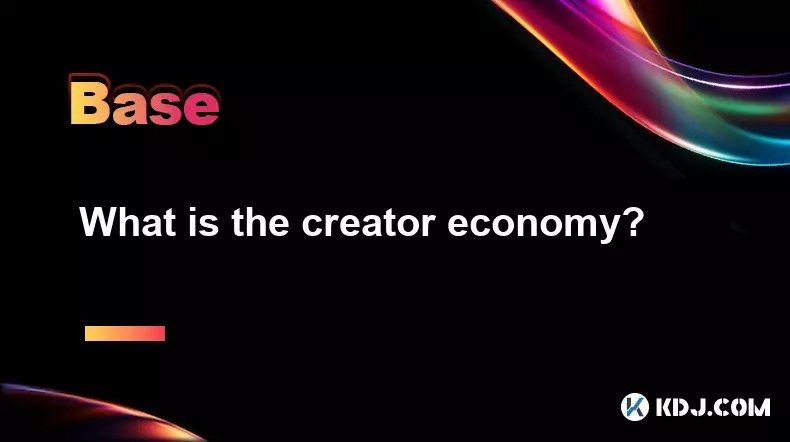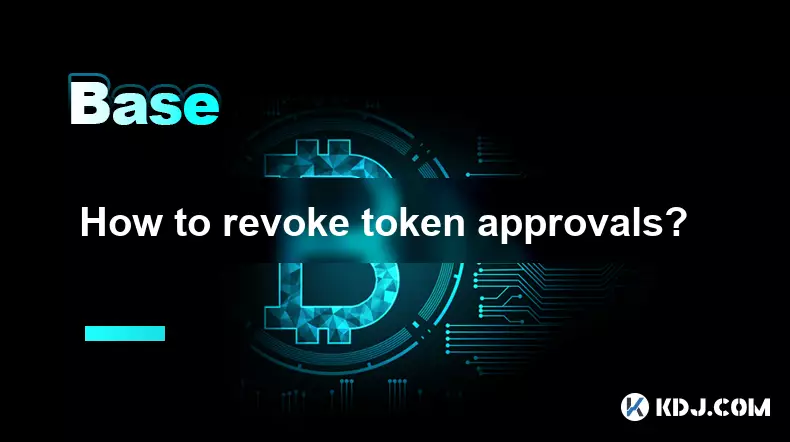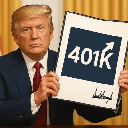-
 Bitcoin
Bitcoin $113800
2.35% -
 Ethereum
Ethereum $4332
1.12% -
 XRP
XRP $2.979
0.84% -
 Tether USDt
Tether USDt $1.000
0.01% -
 BNB
BNB $891.2
1.87% -
 Solana
Solana $222.0
3.09% -
 USDC
USDC $0.9998
-0.02% -
 Dogecoin
Dogecoin $0.2413
0.31% -
 TRON
TRON $0.3386
1.26% -
 Cardano
Cardano $0.8791
2.20% -
 Hyperliquid
Hyperliquid $54.65
2.86% -
 Chainlink
Chainlink $23.38
1.64% -
 Ethena USDe
Ethena USDe $1.001
0.00% -
 Sui
Sui $3.576
3.44% -
 Avalanche
Avalanche $28.64
10.90% -
 Stellar
Stellar $0.3805
2.28% -
 Bitcoin Cash
Bitcoin Cash $581.3
0.24% -
 Hedera
Hedera $0.2316
1.99% -
 UNUS SED LEO
UNUS SED LEO $9.558
0.08% -
 Litecoin
Litecoin $115.5
3.18% -
 Cronos
Cronos $0.2579
-0.86% -
 Toncoin
Toncoin $3.132
1.44% -
 Shiba Inu
Shiba Inu $0.00001294
1.09% -
 Polkadot
Polkadot $4.180
2.16% -
 Uniswap
Uniswap $9.639
2.15% -
 Ethena
Ethena $0.7804
-4.26% -
 Dai
Dai $0.9999
0.01% -
 Monero
Monero $267.6
-0.14% -
 World Liberty Financial
World Liberty Financial $0.1990
0.46% -
 Mantle
Mantle $1.472
11.83%
What is a crypto order book?
A crypto order book displays real-time buy and sell orders, helping traders assess liquidity, spot trends, and make informed decisions based on market depth and sentiment.
Sep 11, 2025 at 01:00 pm

Understanding the Structure of a Crypto Order Book
1. A crypto order book is a real-time ledger that displays all open buy and sell orders for a specific cryptocurrency on a given exchange. It acts as a central hub where traders can view the current demand and supply dynamics of an asset. Each entry reflects a trader’s intent to buy or sell at a specified price.
2. The order book is typically divided into two main sections: bids and asks. Bids represent the prices at which traders are willing to buy, listed in descending order. Asks, on the other hand, show the prices at which traders are willing to sell, arranged in ascending order. This layout allows users to quickly assess market sentiment.
3. Prices near the top of the bid list are the highest buyers are offering, while the lowest ask prices indicate the most competitive sell offers. The point where these two sides meet is known as the spread, which can be narrow or wide depending on liquidity and market activity.
4. Order books are dynamic and update continuously as new orders are placed, modified, or canceled. High-frequency trading bots and institutional players contribute to rapid changes, especially on major exchanges with deep liquidity.
5. The depth of an order book—visualized as a depth chart—shows the cumulative volume of orders at different price levels. A deep order book with substantial volume on both sides suggests strong market stability and reduced slippage during trades.
How Traders Utilize the Order Book
1. Traders analyze the order book to identify potential support and resistance levels. Large clusters of buy orders below the current price may indicate strong support, while dense sell walls above could signal resistance.
2. Market participants use the order book to detect imbalances. For example, if there are significantly more buy orders than sell orders at a certain price, it may suggest upward price pressure in the near term.
3. High-frequency traders rely on microsecond-level updates to the order book to execute arbitrage strategies or front-run large orders. These strategies depend on speed and precision, often using colocated servers near exchange data centers.
4. Limit order placement is directly influenced by order book data. Traders decide where to set their buy or sell limits based on visible liquidity and anticipated price movements derived from the book’s structure.
5. Some traders watch for sudden cancellations of large orders, which can be a sign of market manipulation or 'spoofing,' where fake orders are placed to mislead others before being withdrawn.
The Role of Liquidity in Order Book Functionality
1. Liquidity is a direct reflection of the number and volume of orders present in the book. Exchanges with high trading volumes tend to have denser order books, enabling smoother execution of large trades.
2. Assets with low liquidity often exhibit wide bid-ask spreads and thin order books, making them more susceptible to price volatility and slippage during transactions.
3. Market makers play a crucial role by placing continuous buy and sell orders to enhance liquidity and reduce spread width. They profit from the spread while ensuring the market remains functional even during low-activity periods.
4. Liquidity varies not only between exchanges but also across trading pairs. A BTC/USDT pair may have deep liquidity, while a less popular pair like ALT/USDC might show sparse order activity.
5. Sudden influxes of large orders can temporarily deplete one side of the book, triggering rapid price movements until new orders refill the gap. This phenomenon is common during news-driven market events.
Frequently Asked Questions
What causes the bid-ask spread in a crypto order book?The bid-ask spread arises from the difference between the highest price a buyer is willing to pay and the lowest price a seller is willing to accept. It is influenced by liquidity, trading volume, and market volatility. In highly liquid markets, spreads tend to be narrow.
Can the order book be manipulated?Yes, certain tactics like spoofing—placing large orders without intending to execute them—can create false impressions of supply or demand. Regulators and exchanges monitor for such behavior, but it remains a challenge in less regulated environments.
How does an order book differ from a trade history?The order book shows pending, unexecuted orders, while trade history records transactions that have already been completed. The former indicates future intent, the latter reflects past activity.
Do decentralized exchanges have order books?Some decentralized exchanges (DEXs) use order books, particularly those built with order book-based architectures like Serum. However, most DEXs rely on automated market maker (AMM) models, which do not use traditional order books but instead use liquidity pools to determine pricing.
Disclaimer:info@kdj.com
The information provided is not trading advice. kdj.com does not assume any responsibility for any investments made based on the information provided in this article. Cryptocurrencies are highly volatile and it is highly recommended that you invest with caution after thorough research!
If you believe that the content used on this website infringes your copyright, please contact us immediately (info@kdj.com) and we will delete it promptly.
- Trump, the Fed, and the Rate Cut Tango: What's the Deal?
- 2025-09-11 14:25:15
- SEC, Meme Coins, and Investors: Navigating the Wild West of Crypto
- 2025-09-11 14:25:15
- Traders, Buybacks, and Breakouts: Decoding the Market's Latest Moves
- 2025-09-11 12:25:12
- Meme Coins, Crypto Projects, and Early Access: What's Hot in 2025?
- 2025-09-11 12:25:12
- KuCoin, KuMining, and Bitcoin Mining: A New Era?
- 2025-09-11 12:45:12
- Meme Coins in 2025: MoonBull, Layer Brett, and the Future of Viral Crypto
- 2025-09-11 12:30:12
Related knowledge

What is the creator economy?
Sep 10,2025 at 02:54am
Understanding the Creator Economy in the Digital Age1. The creator economy refers to a digital ecosystem where individuals produce content, build audi...

What is social recovery for wallets?
Sep 09,2025 at 09:54am
Understanding Social Recovery in Cryptocurrency Wallets1. Social recovery is a security mechanism designed to help users regain access to their crypto...

What is DeFiLlama?
Sep 10,2025 at 09:18am
What Is DeFiLlama and Why It Matters in the Crypto Space1. DeFiLlama is a data analytics platform that focuses on decentralized finance (DeFi) protoco...

What is CoinGecko?
Sep 11,2025 at 06:18am
What is CoinGecko?CoinGecko is a cryptocurrency data aggregator that provides real-time information on digital asset prices, trading volumes, market c...

How is crypto regulated?
Sep 10,2025 at 04:18pm
Understanding the Framework of Crypto Regulation1. Governments and financial authorities around the world have taken varied approaches to regulating c...

How to revoke token approvals?
Sep 09,2025 at 12:18am
Understanding Token Approvals in the Crypto Ecosystem1. Token approvals are a foundational component of blockchain interactions, especially within dec...

What is the creator economy?
Sep 10,2025 at 02:54am
Understanding the Creator Economy in the Digital Age1. The creator economy refers to a digital ecosystem where individuals produce content, build audi...

What is social recovery for wallets?
Sep 09,2025 at 09:54am
Understanding Social Recovery in Cryptocurrency Wallets1. Social recovery is a security mechanism designed to help users regain access to their crypto...

What is DeFiLlama?
Sep 10,2025 at 09:18am
What Is DeFiLlama and Why It Matters in the Crypto Space1. DeFiLlama is a data analytics platform that focuses on decentralized finance (DeFi) protoco...

What is CoinGecko?
Sep 11,2025 at 06:18am
What is CoinGecko?CoinGecko is a cryptocurrency data aggregator that provides real-time information on digital asset prices, trading volumes, market c...

How is crypto regulated?
Sep 10,2025 at 04:18pm
Understanding the Framework of Crypto Regulation1. Governments and financial authorities around the world have taken varied approaches to regulating c...

How to revoke token approvals?
Sep 09,2025 at 12:18am
Understanding Token Approvals in the Crypto Ecosystem1. Token approvals are a foundational component of blockchain interactions, especially within dec...
See all articles

























































































